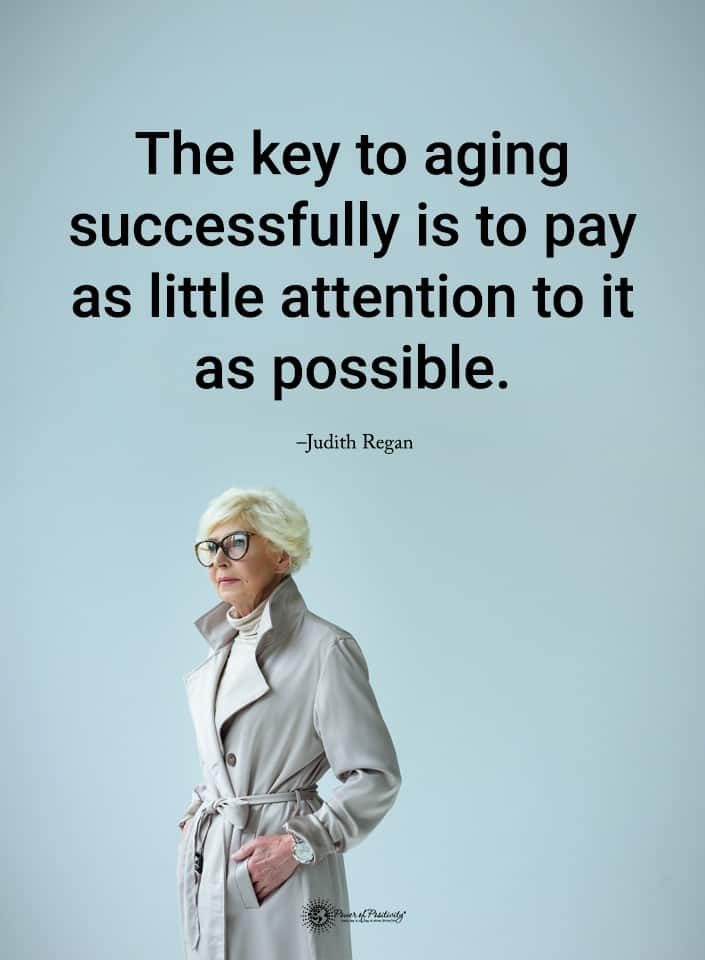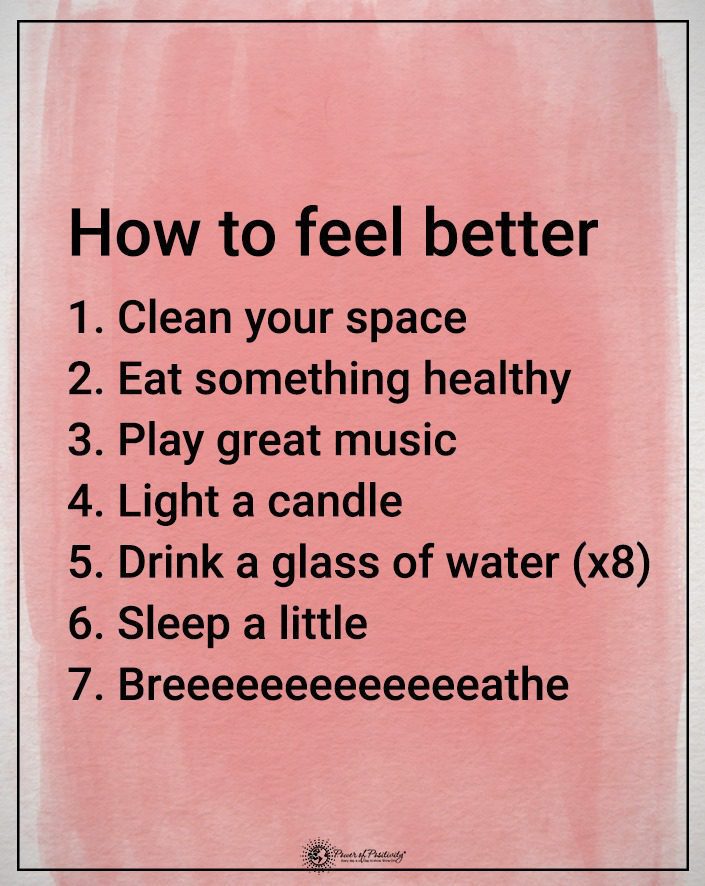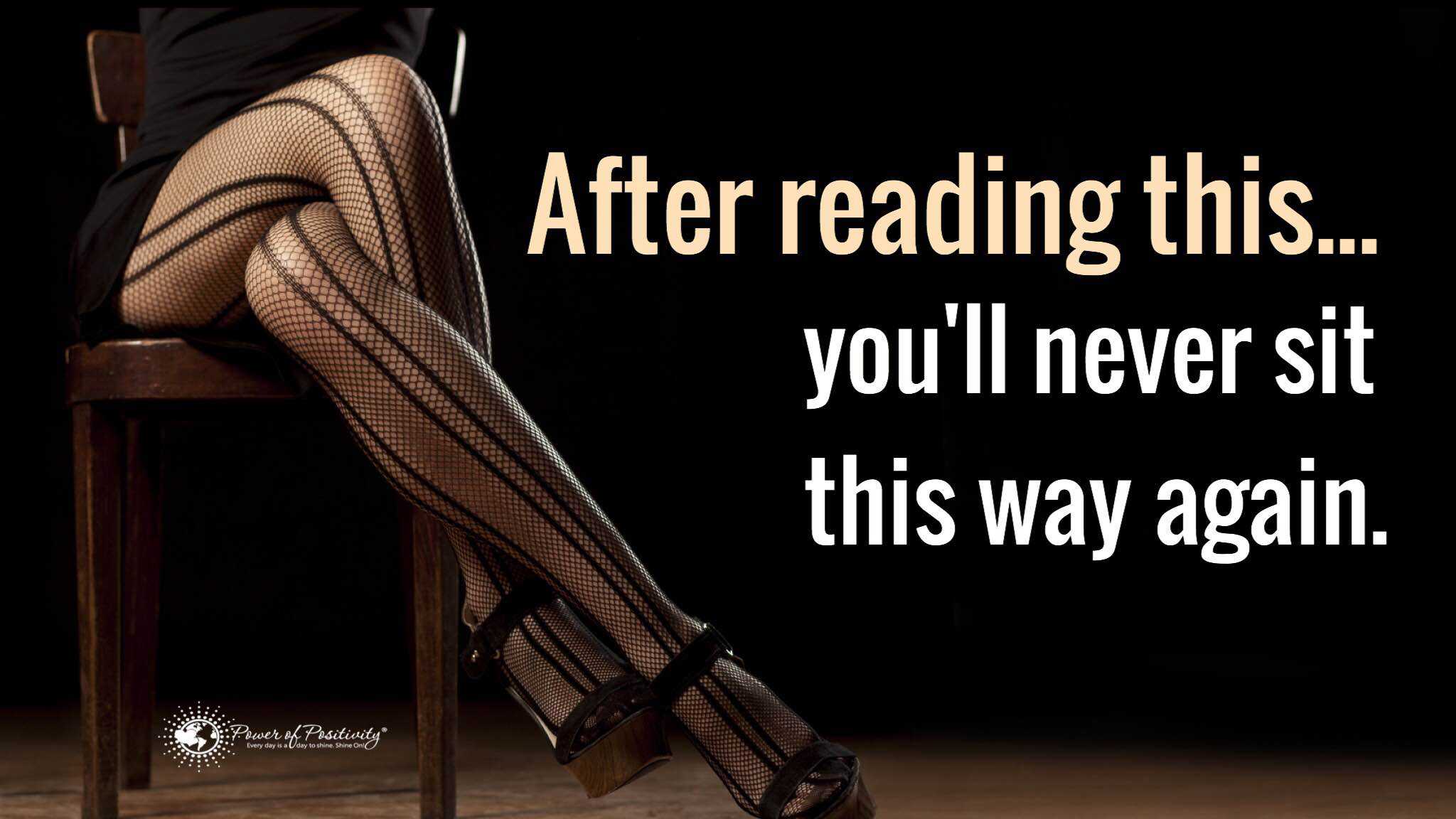Varicose veins, or “spider veins,” affect millions of people over fifty years old globally, However, women are more prone to this condition than men. The causes of varicose veins, as well as the treatments, vary with every person. You can sometimes prevent them once you understand the causes of varicose veins.
Here Are Five Causes of Varicose Veins, And How To Avoid Them
“Varicose veins that can be seen on the surface are stopping you from getting a more serious leg ulcer. Much more serious are hidden varicose veins, which means doctors often miss the signs of leg ulcers.” – Professor Mark Whiteley
1. It comes naturally with aging.
 Varicose veins are, unfortunately, a natural part of aging. As you get older, the veins in your body become weaker, less elastic, and stretched. Weakened veins may also lead to the pooling of blood that causes the veins to expand, thus the term “varicose” or swelling.
Varicose veins are, unfortunately, a natural part of aging. As you get older, the veins in your body become weaker, less elastic, and stretched. Weakened veins may also lead to the pooling of blood that causes the veins to expand, thus the term “varicose” or swelling.
Researchers note that depleted blood oxygen levels are one of many reasons why people have this condition.
Varicose veins impact the flow of blood that nourishes your heart and the rest of the organs. When the veins turn noticeably blue, it means that deoxygenated blood, or oxygen-poor blood, is flowing back to your heart. This is an indication of poor circulation that raises your risks for other health problems.
While you can’t do anything about preventing aging, you can still slow down the formation of varicose veins through good exercises and a diet of food rich in fiber. You must also increase your intake of anti-inflammatory foods and avoid dishes and snacks with a high salt content.
2. Your work demands long seating or standing hours.
The lack of physical movement might cause varicose veins to form, according to the National Heart, Lung, and Blood Institute. If you have a sedentary lifestyle and don’t make any effort to exercise and become physically active, you’ll likely have varicose veins.
Your aging veins also absorb the pressure whenever you’re sitting or standing for long periods of time. To prevent this from worsening, you need to do your best to move and stretch your legs regularly. Get up and walk from your desk every few hours if your work demands that you have to be seated for the whole day. And if you have to stand for a long time, make sure to take breaks by sitting down.
Switch to flat shoes after work so you do not strain your calf muscles excessively. Wearing a pair of high-heeled shoes shifts your weight with every step so it becomes harder for blood to flow through your veins, according to the Journal of Vascular Surgery.
Avoid crossing your legs as you sit, since this also puts pressure on your veins. Do some feet exercises and flex your muscles even when you’re at a board meeting. No one will notice anyway since you’re doing the movements under the desk.
3. You’re overweight or obese.
People who are overweight or obese develop varicose veins because the extra pounds are putting more pressure on the veins as well. It’s the same reason why pregnant women are also prone to varicose veins. The best thing you can do for your health is to lose some weight. However, the varicose veins won’t go away so quickly even if you’ve managed to drop a few pounds.
In some cases, it might look as though your varicose veins have worsened after significant weight loss. But this shouldn’t discourage you from aiming to drop even more pounds. It’s possible that the veins were revealed when the layers of fat from your body disappeared. In other words, they were there before but you just couldn’t see the veins well because the fat concealed the problem.
Remember, even skinny people develop this condition due to a lot of factors. It’s still better and healthier to manage your weight and then deal with the varicose veins in the process.
Note: Pregnancy weight gain can also cause varicose veins
A 2016 research paper notes that pregnancy can also contribute to this condition. They said this:
“There is a significant and strong association between a history of pregnancy and varicose veins.”
They to on to mention that pregnancy-related leg veins may be more likely if the woman has other risk factors, in addition to pregnancy.
4. Your gene pool is one of the causes of varicose veins.
Did your parents or grandparents have varicose veins in their old age? If so, then you’re prone to have the same condition. Researchers note in a 2019 article that varicose veins can be attributed to genetics. But the fact that it’s hereditary makes people less concerned about addressing the condition. When left untreated, varicose veins may progress to complications like:
- Deep vein thrombosis (DVT) or life-threatening blood clots
- Venous leg ulcer or the breakdown of the skin
- Spontaneous bleeding or blood loss
- Hyperpigmentation or skin discoloration
- Lipodermatosclerosis or the hardening and stiffness of the legs
5. You have light skin but you’re always out in the sun.
Don’t confuse spider veins and varicose veins! Sun exposure can cause spider veins, which are also unsightly but less dangerous than varicose veins.
The West Florida Vein Center warns that sunshine exposure can cause thin, bluish-looking veins around your cheek and nose area if you have light skin. Harmful ultraviolet rays from the sun may damage the collagen that supports the walls of the veins. That is what causes someone to get the red and blue spider veins on your face.
To get rid of this problem, make a habit of applying sunscreen to lessen the formation of these blood vessels on your face. If possible, limit exposure to the sun, or wear protection like sunglasses, caps, or scarves when you have to go out.
 Final Thoughts on the Causes of Varicose Veins
Final Thoughts on the Causes of Varicose Veins
Getting positive results from reducing varicose veins includes following natural remedies like exercise, a healthy diet, and practicing positive thinking. However, if you’re experiencing discomforts like fullness around the legs, cramps, pain, or skin discoloration. Besides that, be sure to visit a doctor as soon as possible to get a proper diagnosis.




















